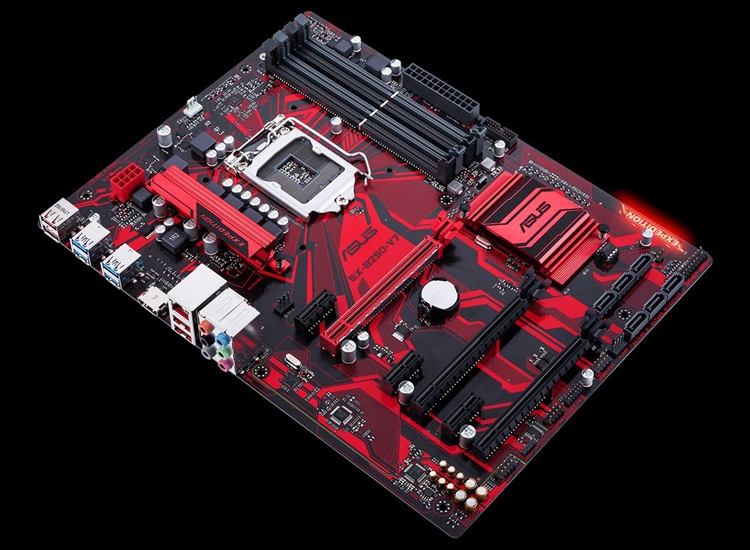
VRMS Motherboard: What You Need to Know
Introduction: Voltage Regulator Modules (VRMs) are important motherboard components responsible for regulating and delivering power to your CPU. Understanding VRM is critical when choosing a motherboard for your PC build. In this guide, we'll look at the key aspects of motherboard VR systems and their importance.
1. What is VRM?
- VRMs, or Voltage Regulator Modules, are circuits on the motherboard responsible for converting and delivering energy from the power supply to the CPU.
- They ensure that the CPU receives stable and precisely regulated voltage levels to operate efficiently.
2. VRM components:
- VRMs are made up of various components, including MOSFETs (metal oxide semiconductor field effect transistors), inductors, capacitors, and drivers.
- High-quality components lead to better VRM performance and stability.
3. VRM stages:
- Virtual reality virtual machines can be single-phase, multi-phase or even digital.
- Multi-phase VRMs distribute the workload across multiple phases, reducing heat generation and increasing power efficiency.
4. VRMS Importance:
- Efficient VR virtual machines are critical for CPU stability and overclocking.
- Poor VRM design or insufficient power supply can lead to system instability, voltage fluctuations, and shortened processor life.
5. VRM cooling:
- Virtual machines require adequate cooling, especially when overclocked.
- Some motherboards are equipped with heatsinks and heat pipes to effectively dissipate heat from virtual machines.
6. Overclocking and VRMS:
- Overclocking places additional stress on virtual machines, requiring better power delivery and cooling.
- High-end motherboards often feature advanced VRM designs for overclocking enthusiasts.
7. Virtual machine and processor compatibility:
- Make sure your motherboard's VR modules are compatible with your processor's power requirements.
- High-end processors may require motherboards with robust VRMs for optimal performance.
8. Virtual machine monitoring:
- Some motherboards support VRM temperature and voltage monitoring via BIOS or software utilities.
- Monitoring VRM temperature can help prevent overheating and instability.
9. Virtual machines and form factors:
- Smaller form factor motherboards (such as Mini-ITX) may have limited VRM configurations due to space constraints.
- When choosing these motherboards, consider the airflow and cooling of your PC case.
10. VRM and Motherboard Tiers: - Motherboards are often categorized into tiers based on their VRM quality and features. - Higher end motherboards usually offer better VRM designs and are suitable for heavy duty tasks and overclocking.
Bottom Line: Understanding VRMS is vital when choosing a motherboard for your PC build. High-quality VRMs ensure stable CPU performance, especially during overclocking, and contribute to the overall reliability and longevity of your system. When choosing a motherboard, consider your processor's power requirements, cooling solutions, and intended use to make an informed decision that meets your specific needs and performance expectations.






